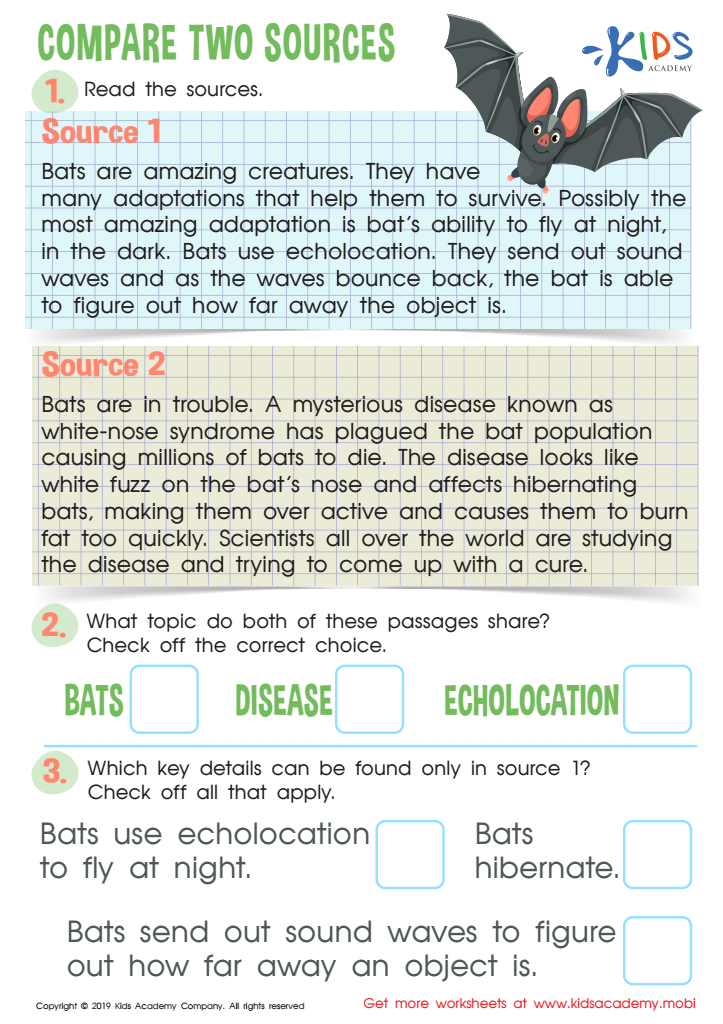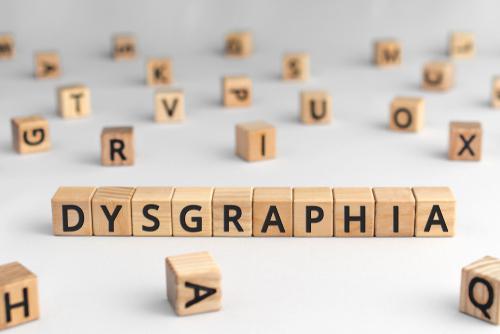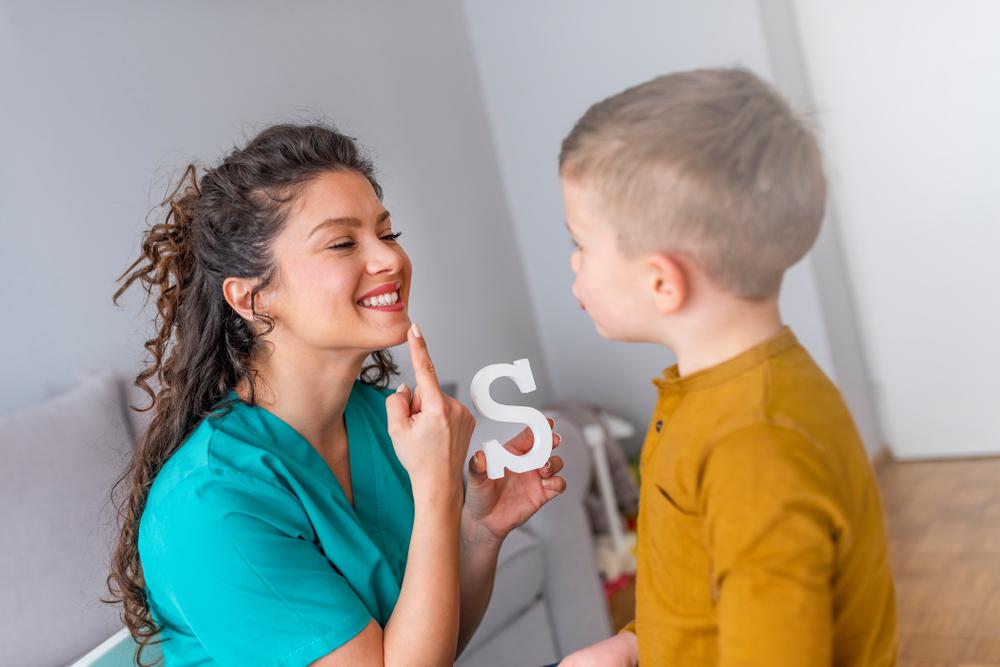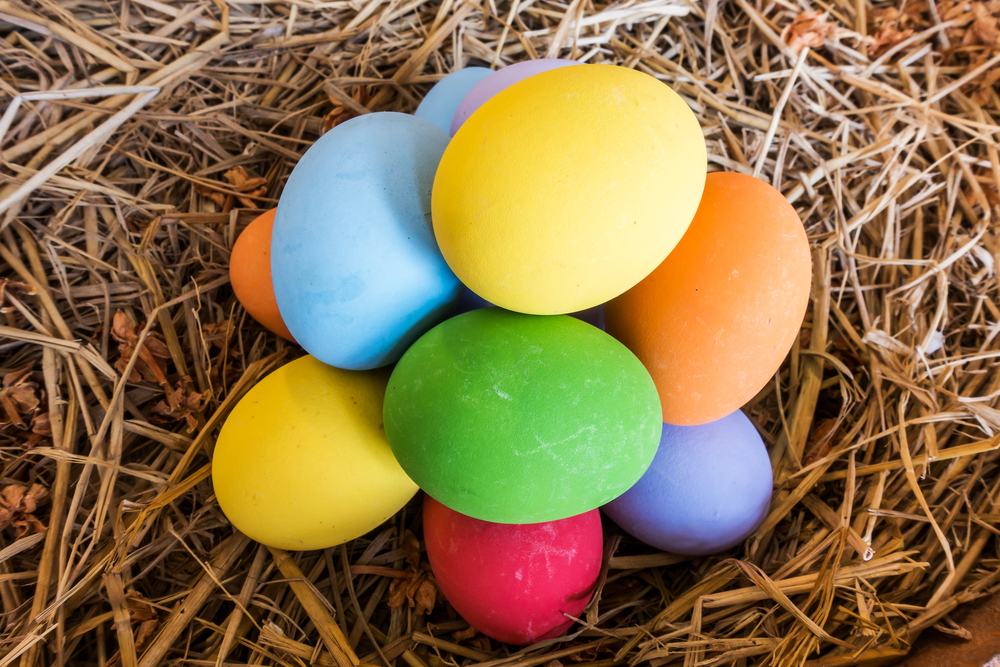Comparing and contrasting Worksheets for Kids
1 filtered results
-
From - To


Compare Two Sources Worksheet
Question/Answer
How does the mastery of the Comparing and contrasting skill affect a student's performance at an early age?
Mastery of the comparing and contrasting skill at an early age significantly enhances a student's cognitive development, critical thinking, and analytical skills. It aids in better comprehension of similarities and differences between concepts, objects, or situations, thereby improving their understanding, memory retention, and problem-solving abilities. This foundational skill also fosters academic success across various subjects.
What are some effective activities to train students’ Comparing and contrasting skill when teaching them about Reading Non-Fiction?
Effective activities include creating Venn diagrams to visually compare and contrast different texts, using graphic organizers to identify similarities and differences, conducting think-pair-share activities to discuss texts in pairs or small groups, and implementing jigsaw reading tasks where students specialize in one aspect of the content and then teach it to their peers, facilitating comparison and contrasting discussions.
Why is the Comparing and contrasting skill important for Grade 3 students?
Comparing and contrasting skill is crucial for Grade 3 students as it enhances their critical thinking, improves their ability to understand and analyze texts, and helps them recognize similarities and differences between objects, ideas, or events. This foundational skill contributes to their reading comprehension and writing abilities, preparing them for more complex academic tasks in future grades.
 Assign to the classroom
Assign to the classroom

.jpg)










